Improve (process) safety with big data, AI and machine learning
Research question
- What are the opportunities and risks for companies working with hazardous materials to apply Artificial Intelligence and/or avavance (data) technology with the aim of further improving (process or environmental) safety?
- What innovations in (safety) concepts, methods, tools or apps (hardware, mindware or software) would be needed when applied in existing situations with complex/automated systems, or when applied to new technology arising from the energy transition or strengthening circularity of raw materials?

Code: LVI 2022-45
Status: completed
Update: June 2023
Background
Digital security solutions are being developed and implemented at a rapid pace. As a result, there is hands-on experience with such systems among industry partners. These partners are well positioned to identify options for improvements and point out gaps in commercially offered software solutions and/or human offerings. In addition, new AI techniques are constantly being developed that can take (process) safety a step forward.
With the enormous volumes of data available, there is an enormous opportunity for safety prevention, such as by preventing incidents and thus minimizing suffering, damage, complaints, costs or downtime of installations. It is also interesting with a view to predicting unsafe situations, for example using AI / machine learning, although the question is whether sufficient data (data) is available for this.
The question is whether the number and severity of (major) incidents in the chemical industry can be significantly reduced by applying new types of (data-driven) technology, e.g. by identifying and analyzing dangers and/or hidden patterns in 'big data' that (by definition) precede every incident. By detecting (and recognizing!) such patterns (weak signals) at an early stage, it is possible to intervene, so that an incident can be prevented or the damage (effect) is significantly reduced.
Purpose
The purpose of the exploration described in this proposal is threefold:
- limit options for innovation in line with industry expectations,
- build support within the industry and forge potential partnerships,
- prepare an outline for a project proposal as a follow-up to the discussions.
Outcome exploration
- Develop a roadmap 'Digital Security'
- Work on innovations in application, for example, in performance management, quantitative risk analysis, augmented Bow Ties or "fishing expeditions
Project Management
TNO

